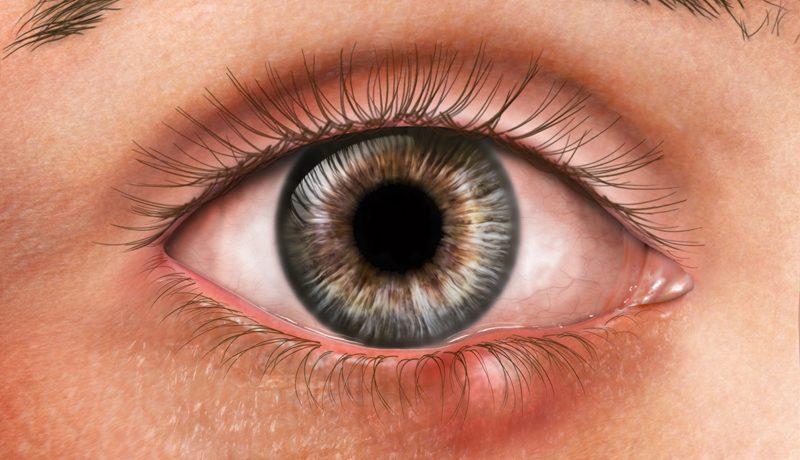A stye or chalazion are benign eyelid cysts usually related to infection or blockage of secretions that can occur at any age. They usually only affect one eye at a time and while they often resolve on their own, there are treatments that you can try at home.
Styes vs Chalazion: What's the difference?
Chalazion
Enlargements of an oil (Meibomian) gland (like a pimple) deep in the eyelid often caused by an obstruction to flow. The lump is usually hard but not very painful.
Stye
An infected chalazion (i.e., an infected blocked Meibomian gland). It appears as a small, or sometimes moderately large, painful swollen lump on or inside the eyelid.
They are often associated with an underlying condition called blepharitis and represent a mechanical blockage of an oil gland (Meibomian gland) within the eyelid.
Usually, they resolve without treatment. The majority will swell until the cyst “points”, then contents discharges either through the eyelid skin or via the inner surface of the eyelid.
Occasionally, a cyst will progress to cause an infection of the eyelid which is associated with increasing pain, advancing redness of the eyelid skin and worsening swelling.
In this scenario, it is important to seek timely medical attention.

How to Treat a Stye
What you can do at home:
- • Applying warm compresses throughout the day (e.g., warm/hot face washer/flannel)
- • Over-the-counter pain relievers to help manage soreness
- • Avoid wearing contact lenses and eye make-up until fully healed
- • DO NOT try to burst a stye or remove an eyelash yourself – this can spread the infection
- • DO NOT rub your stye with a gold ring – this is a myth and can risk further infection or trauma
If the stye does not self-resolve and a small residual firm lump remains within the eyelid, the cyst will need to be incised and drained to aid resolution. Your eye specialist can advise you accordingly.
Occasionally, a stye will progress to cause an infection of the eyelid and is associated with increasing pain, advancing redness of the eyelid skin and worsening swelling. In this scenario, it may require oral or intravenous antibiotics, and you should seek urgent medical attention.
Getting Styes Regularly?
Recurrent styes are usually associated with a tendency for more viscous Meibomian gland secretions that cause a stagnation and then blockage. Stagnation or blockage is often complicated by secondary bacterial proliferation infecting the blocked eyelid gland (Meibomian gland).
Minimising stagnation and blockage is the most important strategy to minimising styes (i.e. by performing regular warm compress 1-2 times per day). Additionally, maintaining good hand/eye hygiene is helpful to minimise your risk of a stye.
- • Wash your hands thoroughly before touching your eyes or putting in contact lenses
- • Replace your eye make-up regularly, at least every 6 months
- • Wash your face and remove make-up every day before bed
- • Keep your eyelids and eyelashes clean
However, styes are not always preventable and if you are experiencing them regularly, it may be a sign of an abnormally viscous Meibomian gland secretions, or more chronic condition such as blepharitis or rosacea.
If you are concerned, make an appointment with an eye specialist (Optometrist or Ophthalmologist) to determine the root cause of your recurring styes and develop an appropriate treatment plan.